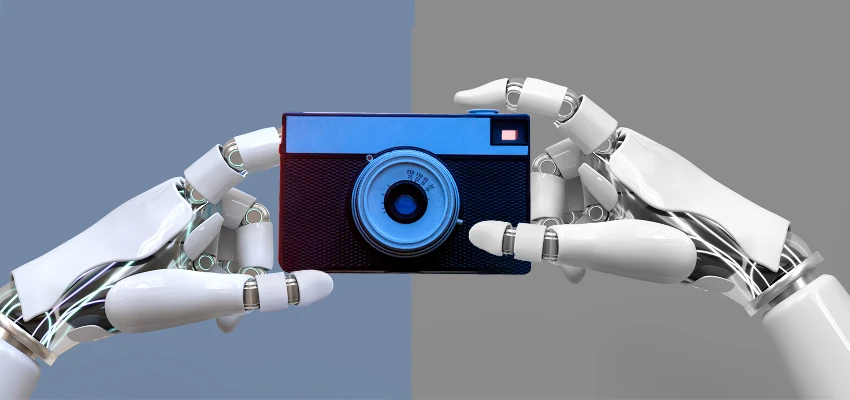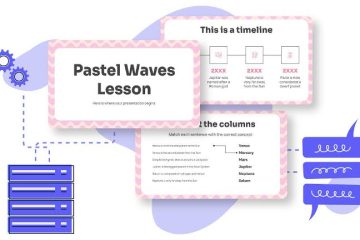The photography industry is in the midst of a significant transformation driven by advancements in Artificial Intelligence. AI reshapes how photographers capture, edit, and present their work, from streamlining workflows to enhancing creative possibilities. One of the standout innovations is the AI image filler, which exemplifies how AI is revolutionizing the field. Here’s an in-depth look at the impact of AI on photography and how it’s changing the way professionals and enthusiasts approach their craft.
How AI is Revolutionizing Photography
1. Automated Image Editing
AI technology has dramatically simplified the image editing process. Tasks that once required meticulous manual adjustments—such as color correction, noise reduction, and sharpening can now be automated with AI tools. This speeds up the editing process and ensures consistency and precision across large batches of images. Photographers can now focus more on the creative aspects of their work, leaving repetitive tasks to AI.
2. Enhanced Image Quality
AI algorithms are capable of analyzing and improving image quality with remarkable accuracy. For instance, AI can enhance details in low-resolution images, correct distortion, and improve clarity. This technology allows photographers to transform ordinary shots into high-quality visuals, making it possible to salvage and enhance images that might otherwise be unusable.
3. Creative Possibilities with AI Tools
AI opens up a new world of creative possibilities. With advanced tools, photographers can apply artistic effects, simulate various styles, and experiment with different looks. Features like the AI image filler allow for the seamless integration of new elements into photos, filling gaps or extending backgrounds naturally and cohesively. This flexibility enables photographers to push creative boundaries and explore innovative concepts.
4. Efficient Content Creation
Content creation often involves dealing with multiple images and making extensive adjustments. AI tools streamline this process by automating tasks such as background removal, object isolation, and scene reconstruction. The AI image filler is handy in this context, as it can automatically fill in missing areas or extend backgrounds, saving time and effort while ensuring high-quality results.
5. Improved Workflow and Productivity
AI-driven tools enhance productivity by optimizing workflows. For example, AI can quickly categorize and tag images, making organizing and retrieving files more accessible. This efficiency extends to the editing process, where AI can suggest enhancements and automate repetitive tasks, allowing photographers to complete projects faster and with less manual intervention.
Adobe Photoshop is at the forefront of integrating AI into photography, offering innovative solutions that transform how images are edited and enhanced. With tools like the AI image filler, Adobe Photoshop empowers photographers to effortlessly expand and perfect their photos, unlocking new levels of creativity and efficiency. These AI-driven features provide valuable support, enabling photographers to achieve stunning results more quickly.
Elevate your knowledge and explore more topics at Buzz Revolve.



